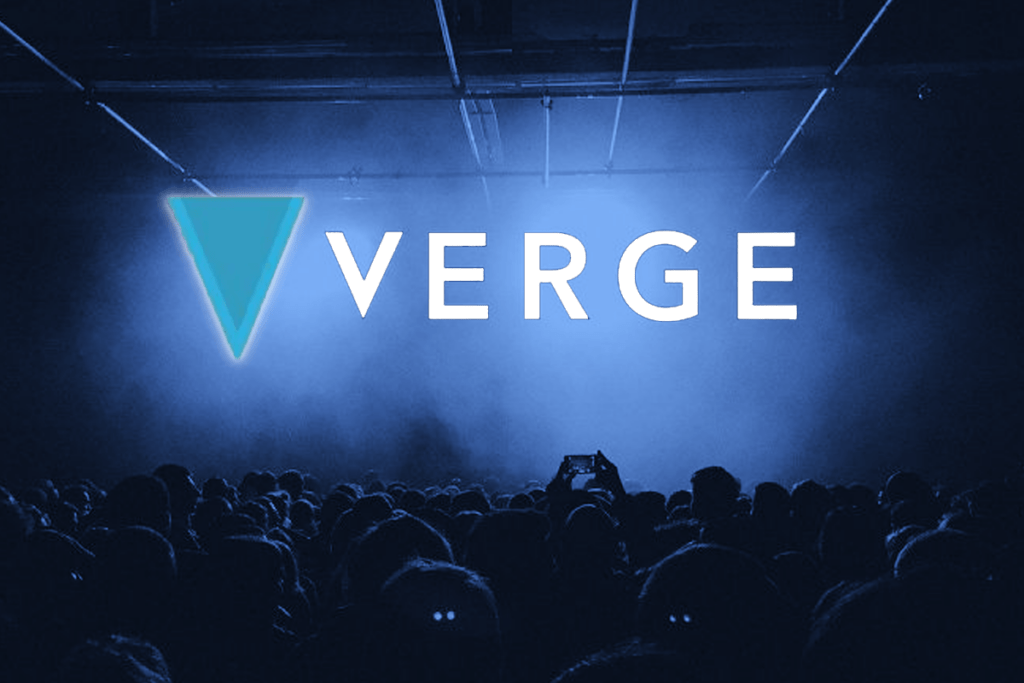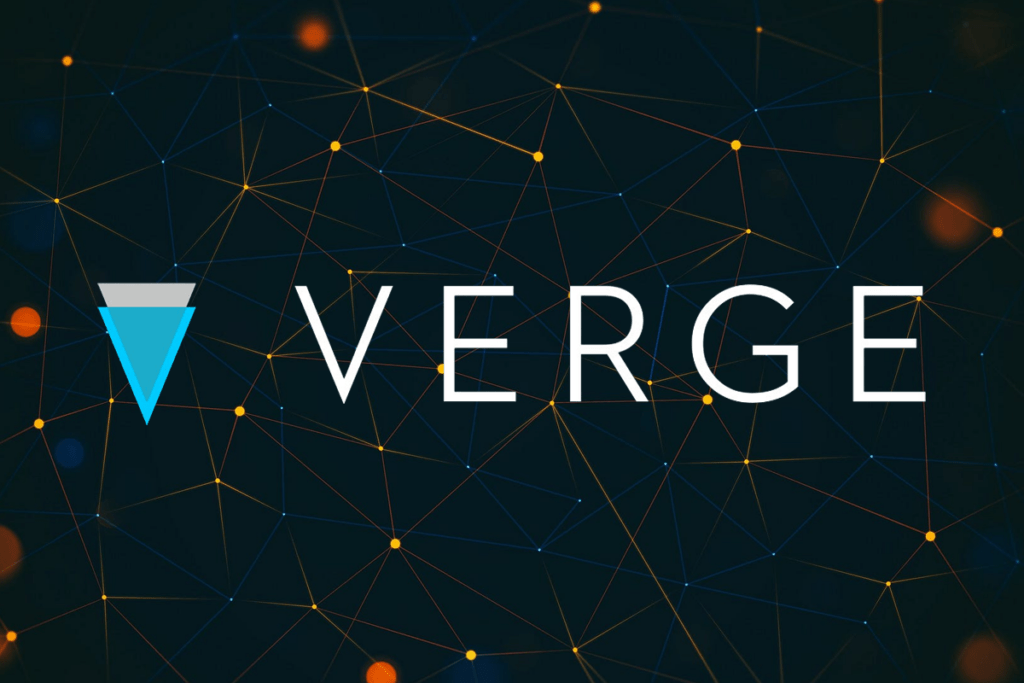Verge (XVG) is a cryptocurrency that aims to provide users with privacy and security comparable to TOR, while also ensuring its practicality for everyday transactions.
Verge Explained: TOR Level Privacy
In 2014, a cryptocurrency called DogeCoinDark emerged as a spinoff of Dogecoin, aiming to offer a privacy-focused alternative.
However, despite having a dedicated but limited following, DogeCoinDark faced challenges in gaining widespread acceptance. Consequently, in 2016, the currency underwent a rebranding process and was renamed Verge.
The purpose of this rebranding was to distinguish Verge from other cryptocurrencies associated with anonymity, as the creators and community believed they were not receiving the recognition they deserved.
Verge is classified among other cryptocurrencies known as “privacy coins,” such as Monero, Pivx, and Zcash. The creators of Verge aspire to leverage their currency to make blockchain technology accessible to everyday users.
They also aim to offer users the choice to safeguard their privacy and prevent external entities from tracing their transactions. While numerous privacy coins exist, what sets Verge apart is the team’s dedication to transparency and user-friendliness.
One intriguing aspect of Verge is its integration of both TOR and I2P into its blockchain. TOR and I2P are effective tools for anonymizing users, although they operate in slightly different manners.

TOR Integration
“The Onion Router,” also known as TOR, operates by routing a user’s internet traffic through a global overlay network comprised of over seven thousand relays. The data is encrypted and forwarded to the next relay, where only the necessary information to forward the package is readable.
This process continues, with each relay re-encrypting and forwarding the package until it reaches its intended destination. At the final relay, the information in the package can be decrypted, but the source IP address remains untraceable. This mechanism provides users with anonymity.
I2P Integration
Similar to TOR, I2P transactions aim to protect a user’s IP address and online activities from unauthorized surveillance. However, I2P employs packet-based routing instead of circuit-based routing, which offers advantages in terms of network congestion and maintaining a higher level of security during heavy usage periods.
When users exchange information, both the sender and receiver establish a sequence of tunnels. The information is then randomly routed through these tunnels until it reaches its intended destination. Essentially, I2P functions as a vast peer-to-peer (P2P) network.

Android Wallet
Verge incorporates both TOR and I2P protocols, making it one of the few cryptocurrencies that offers an Android wallet equipped with integrated TOR and I2P functionalities.
Verge’s approach is intriguing as it enables the maintenance of an open and transparent blockchain while safeguarding the privacy of users’ transactions. This wallet empowers traders and users to evaluate the state of the blockchain without compromising anyone’s privacy.
Wraith Protocol
The developers of Verge are introducing the Wraith Protocol, which offers users a toggle feature. With this feature, users have the choice to make their transactions either publicly visible on the blockchain or completely hidden.
The Wraith Protocol utilizes a combination of Key agreements, Stealth addresses, and Tor + SSL integration to ensure the protection of Verge’s users. Detailed information about the protocol can be found in Verge’s Blackpaper.

Decentralized Ledger
Similar to other cryptocurrencies, Verge operates on a decentralized ledger known as a blockchain, which records all transactions. The security of this blockchain is ensured through a consensus mechanism called Proof of Work (POW).
Miners utilize their computers to solve complex equations, and once a solution is found, a new block is added to the chain, and the miner is rewarded with Verge tokens. The specific equations are determined by algorithms such as Scrypt or SHA-256. Most cryptocurrencies typically rely on a single algorithm.
However, different algorithms are more efficiently solved using different types of hardware, leading to the development of specialized machines called ASICs designed for mining specific cryptocurrencies. These costly machines can grant significant influence to large mining groups, potentially disadvantaging less-equipped users and hindering their ability to generate profits.
Algorithms
Verge takes a different approach by implementing five distinct algorithms: Scrypt, X17, lyra2Rev2, Myr-Goestl, and Blake2s.
Each algorithm is optimized for different hardware configurations, enabling a diverse range of devices to effectively mine Verge. By utilizing multiple algorithms, Verge aims to achieve a more equitable distribution of newly created coins, promoting a fairer and more inclusive mining process.
To access more wiki article: cryptodataspace.com















Leave a comment